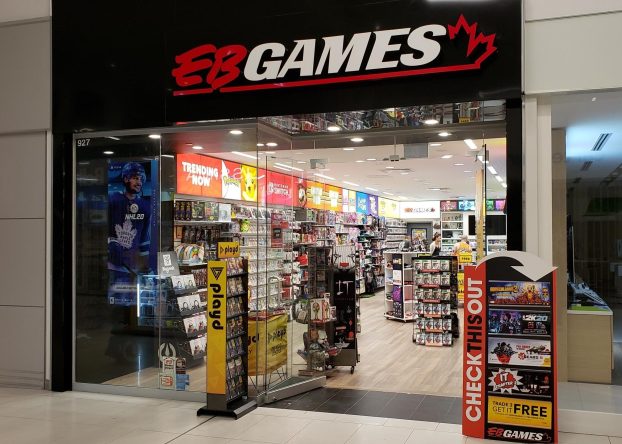Mobile banking use is increasingly popular with Canadians, but new research suggests there are opportunities for brands to use mobile to ease consumers’ financial worries.
Commissioned by Facebook IQ – the social network’s consumer insights division – and conducted by Ipsos, the new survey polled 2,000 Canadians between the ages of 18 and 54, the results from which were presented during FFWD Advertising and Marketing Week in Toronto yesterday.
Among those surveyed, 79% use a mobile device for banking. That holds true across different demographic factors, with differences of only a few percentage points across regions of the country and income levels. There was a slight difference in terms of age, though, with 86% of 18- to 24-year-olds, 88% of 25- to 34-year-olds and 73% of 35- to 54-year-olds banking through mobile. Fifty-nine percent of those surveyed use multiple devices to do their banking.
Immediacy was a major factor in drawing users to mobile, with 55% saying it gives them access to their banking everywhere and 47% saying it gives them access at any time. While 96% of desktop or laptop users do their banking at home, 17% of them at work and just 2% of them while commuting, 89% of mobile users do it at home, 36% of them at work and 10% while commuting.
Across all age groups, three channels have the highest recall for ads regarding financial services: TV (47% of respondents), digital (44%) and mobile (38%). Among 18- to 24-year-olds, however, the recall for mobile ads shoots up to 57%, while the other two categories remain the same.
“We know TV is also widely more invested in than mobile, even though there’s only a nine-point difference in ad recall, which suggests that the opportunity on mobile is incredible,” Erin Elofson, director of financial services, retail and telecom at Facebook Canada, said during the presentation. “If we look at younger Canadians, we’re only going to see this trajectory continue to shift this way over time.”
Mobile banking users reported higher satisfaction with their bank than non-mobile users, regardless of the financial product they used, be it a bank account, credit card or mortgage.
“Mobile banking apps are very action-oriented, and doing that makes you feel like you have a better relationship with your bank,” Elofson says. She pointed out that is just through the basic function of a mobile app, which many banks have used to promote convenience. But as mobile banking and the convenience it offers become the norm, new opportunities to utilize mobile platforms as part of the marketing mix are emerging, especially for younger Canadians.
Despite a recurring theme of millennials valuing experiences more than previous generations, the research showed that to be less true, at least when it came to their finances. Only 10% of millennial respondents said they were saving in order to be able to afford experiences. Higher on the list were things like generally “saving for the future” (28%), paying off debt (26%) and owning a home (14%).
Elofson points out that millennials seem to have a more general sense of financial responsibility, seeing saving as something they are supposed to be doing, rather than working towards particular savings goals or objectives. “Being responsible” was the top reason millennials gave for their reason for saving.
However, 46% of those surveyed worry about making the wrong financial decision when choosing a financial product, with 43% saying they felt overwhelmed by the amount of information about financial products. With 64% of respondents saying they would value financial guidance and education through mobile apps, the report suggests there is a significant opportunity to use the platform in this way to deepen a relationship with a bank, or get them to switch.
“Things like ease and convenience have already been effectively commoditized, because anyone can bank anywhere, anytime on their phone,” Elofson says. “But will that be the reason a client will bank with you over 10 or 20 years? Making financial literacy part of a brand strategy is something we’re really not doing that right now, and when we do, it’s part of CSR or PR, and less in actual marketing.”
























